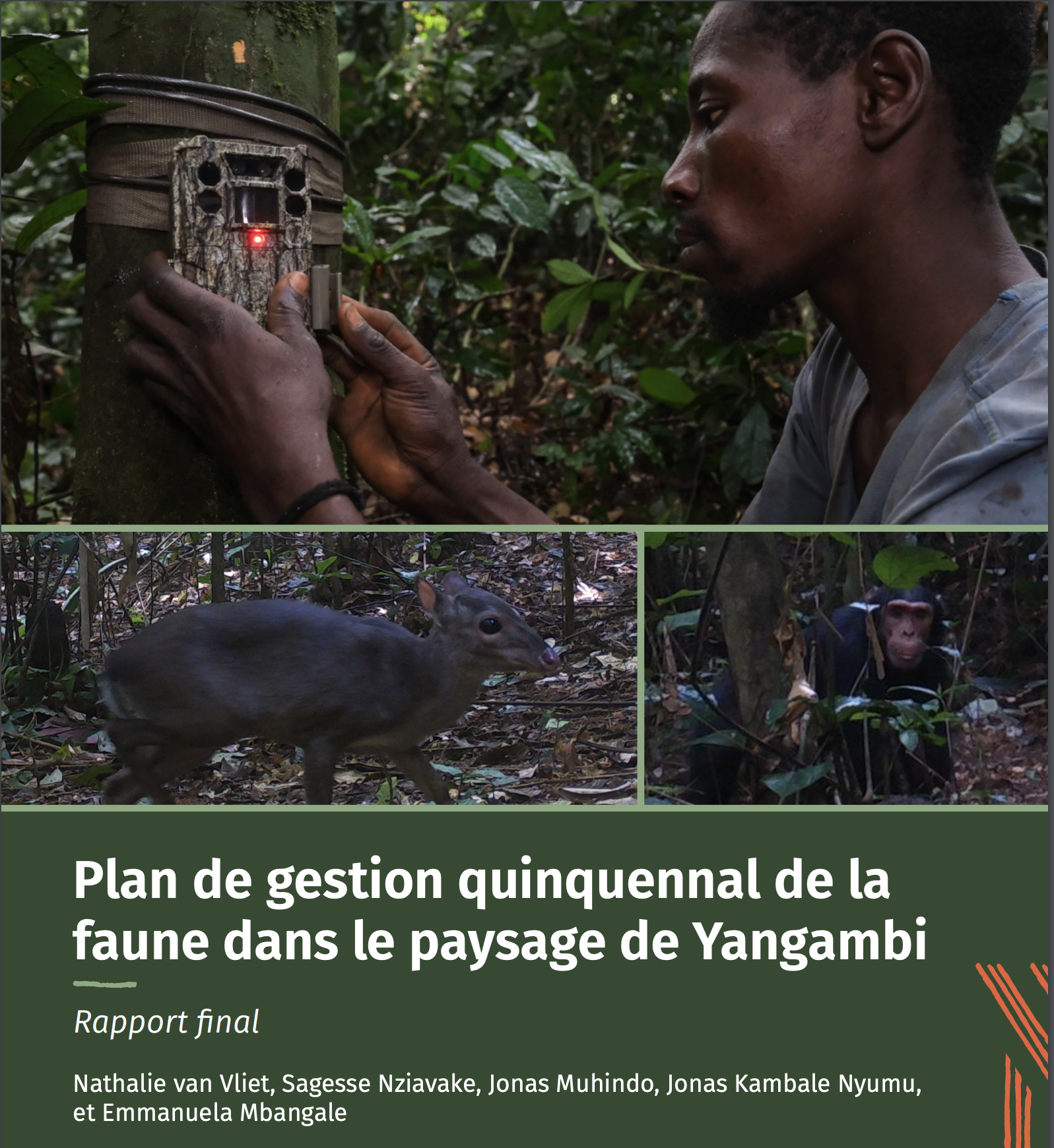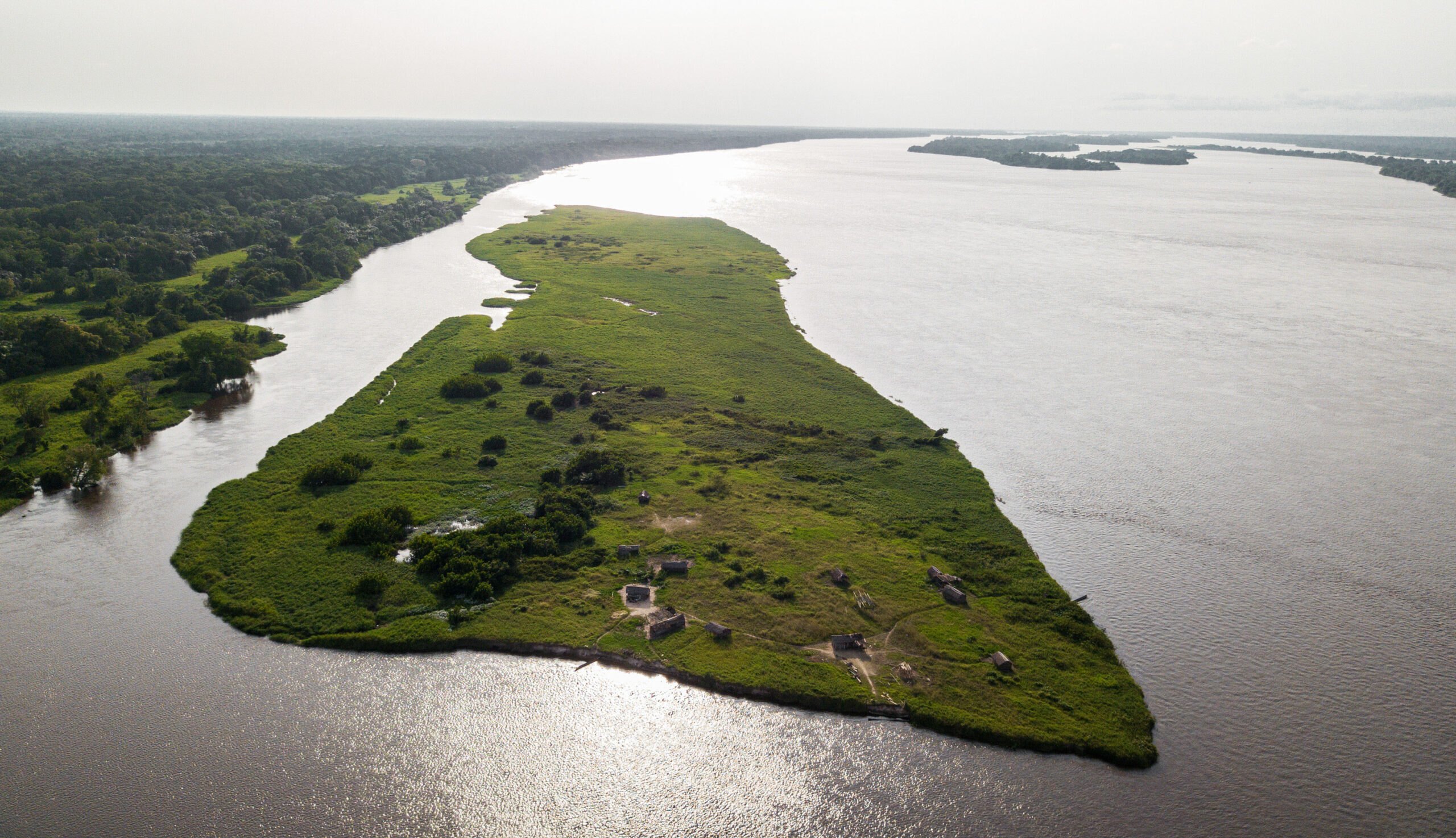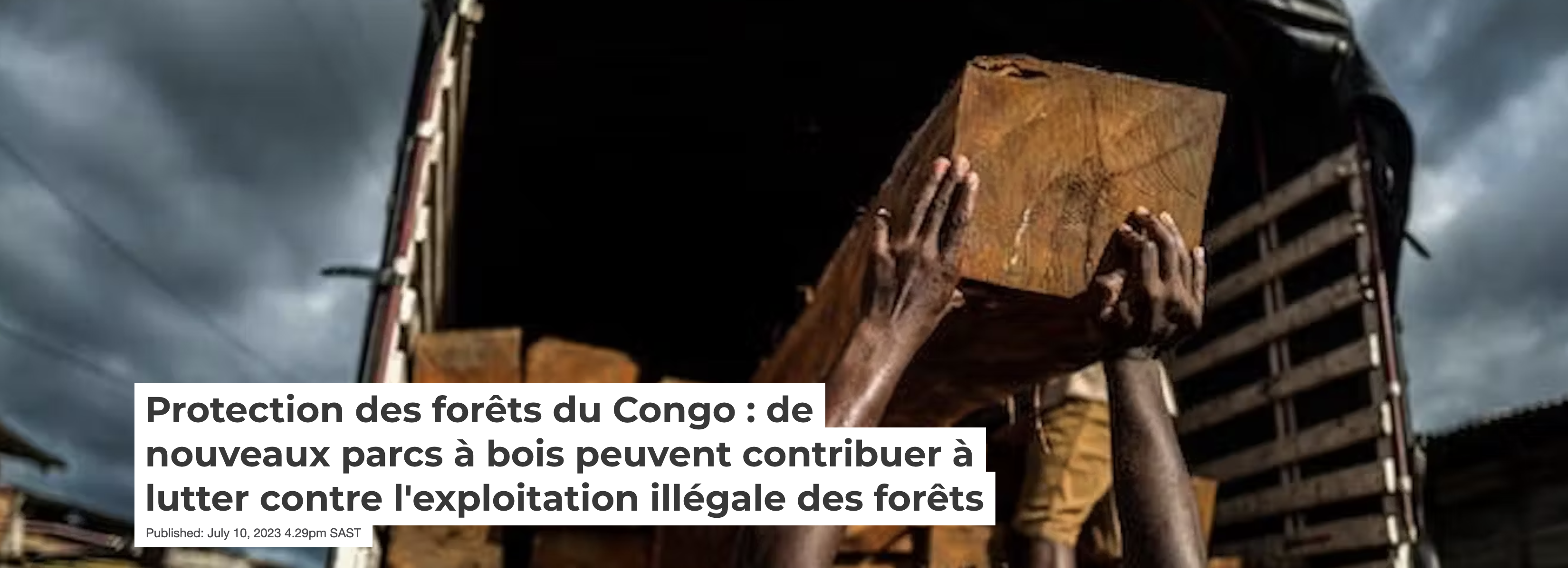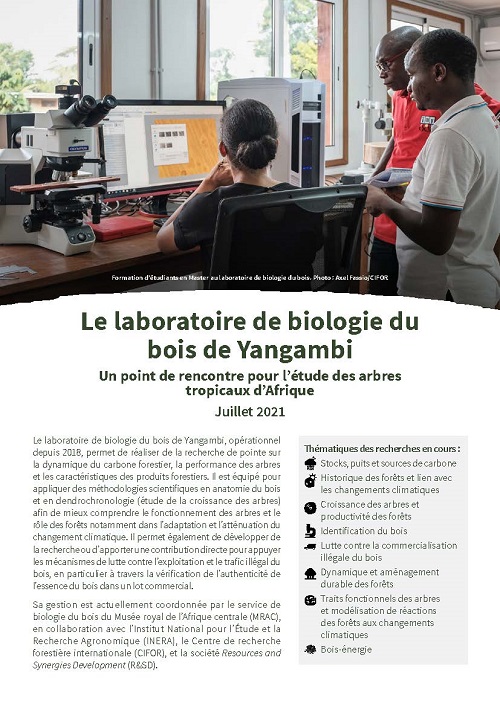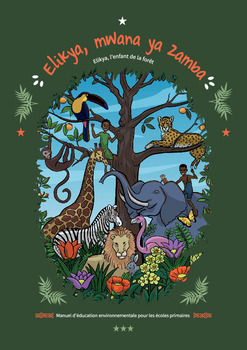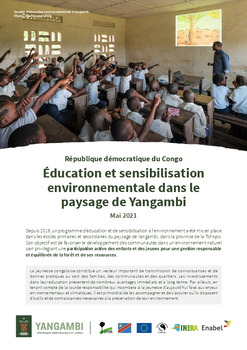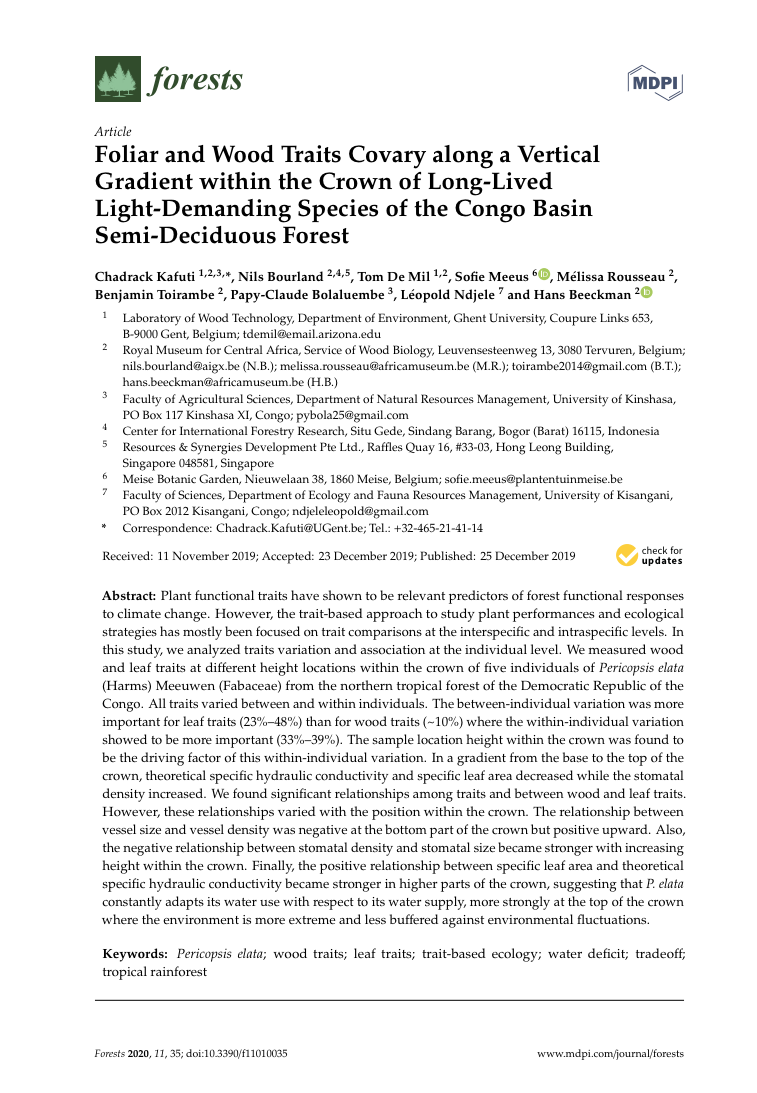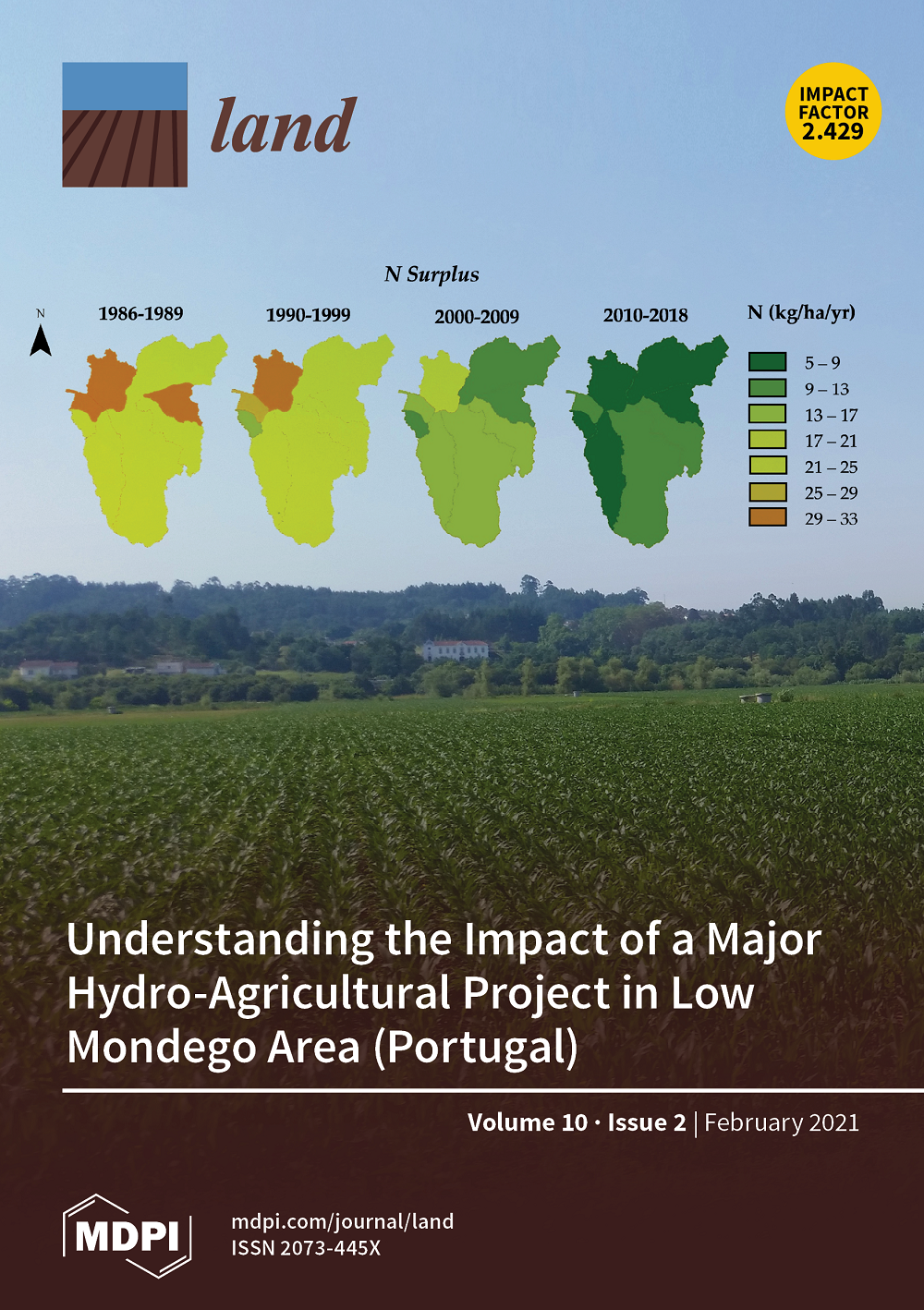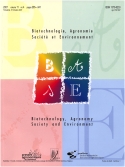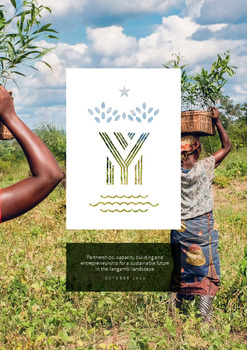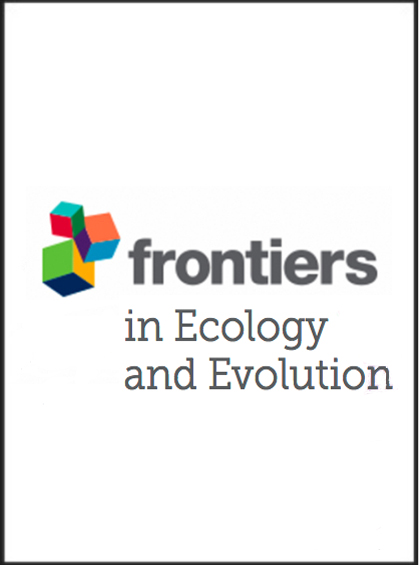
Given the importance of wildmeat for local and national economies, understanding the structure and operations of the informal wildmeat value chains is necessary to provide recommendations for a sustainable wildmeat sector. However, the limited number of case studies available hinders our capacity to understand general patterns in wildmeat trade chains and provide recommendations that apply in different contexts. This study contributes to our understanding of wildmeat trade chains with another case study from the Yangambi landscape, in the Democratic Republic of Congo. We use a value chain approach to explore the structure and functioning of the trade and identify the main barriers to entry into the business, as well as the main levers that can be used to reverse unsustainable use. Bushmeat remains the most consumed source of meat both in the main urban area and in surrounding villages. Urban consumption generates a trade of about 103–145 tons of bushmeat per year for a human population of 37,997 inhabitants. Yangambi combines all the factors for a depletion scenario: a quasi-open access system and high levels of dependency on the resource at all levels of the chain (from consumers to hunters). Despite this, emblematic species such as the chimpanzee, buffalo, okapi, red colobus and giant pangolin are still present in the area. The trade chain follows a “redundant” structure with few barriers to participation in the sector: (1) many hunters and rights holders; (2) many traders; (3) significant demand. Hunters, on average, obtain a higher profit than traders, who bear the highest costs of transportation, fines and bribes. Reducing unsustainable trade in this context, will necessarily imply reducing the burden on natural ecosystems as the main providers of animal protein. Moreover, supporting processes to re-structure local governance systems in this post-conflict context will also support efforts to reverse unsustainable use. The differences observed in Yangambi as compared to other well-studied wildmeat trade chains illustrates that no two bushmeat market chains are alike. Recommendations to reduce unsustainable trade in urban areas need to be tailored to specific contexts, taking into consideration differences in terms of whether markets are open or underground, the length of the trade chains (from local to international trade chains), the existence and type of barriers to entry, the number and type of stakeholders involved and the factors influencing the demand–supply equilibrium.

